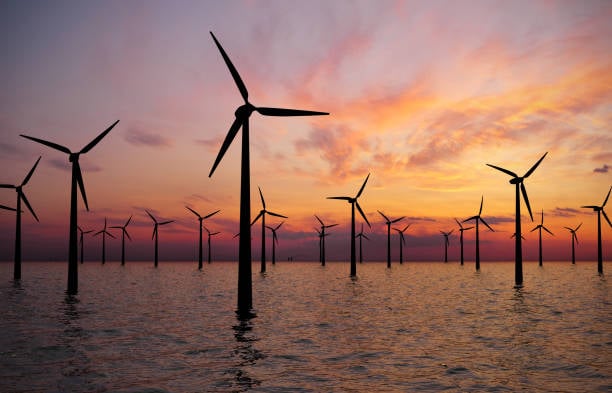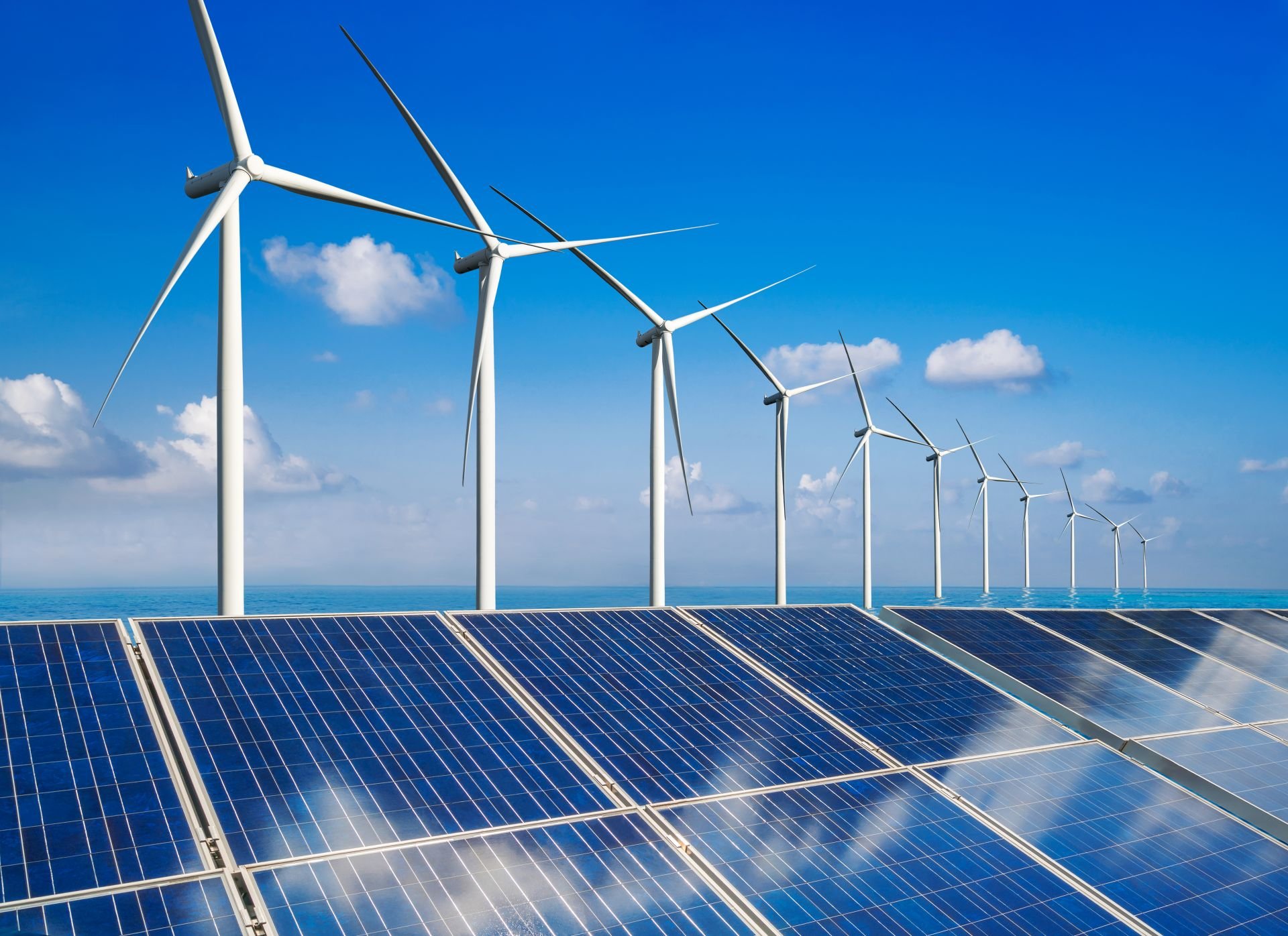Following the transition in the energy market, a transition in using ROVs and ROV Cables is also taking place. After all, fossil fuels are finite, and all kinds of ways of generating energy sustainably are currently being sought.
This also applies to the open sea in the form of Ocean Sustainability Projects.
Ocean Sustainability Projects require different specifications than the oil and gas projects of the past. In this blog, we will discuss the consequences of this energy transition on the design of ROV Cables. This way, as an ROV engineer, you can be sure that your cable is up to the job.
Working in rougher waters: from oil/gas to ocean sustainability projects
Whereas ROVs were mainly used for projects involving oil and gas extraction in the past, they are increasingly used for ocean sustainability projects nowadays. These include tidal energy (like at the Oosterscheldekering), wave energy technology, and offshore bottom fixed and floating wind farms.
A significant difference between oil/gas and ocean sustainability projects is that the latter often take place in rougher waters. For example, tidal energy is a form of energy entirely dependent on currents. The movement of water is essential.
To work in waters where the currents/tides are stronger, the ROV needs to be sturdier and requires more power. In addition, the Overall Diameter of the cable must be as thin as possible. A complicated contrast: more power is needed to make the ROV stronger, which requires a thicker cable.
What is the ideal balance? How does the ROV get enough power for such environments without the cable being too big or too heavy? This is a challenge for ROV builders and the designer of the ROV cable.
Tip: watch the free recording of our Webinar for everything there is to know about ROV Cables!
Download the Webinar On-Demand here.

Offshore wind farms and floating wind turbines: consequences for ROV Cable design
Construction of offshore wind farms can also occur in areas with more current. In addition, the construction of these types of projects often takes longer, as they consist of dozens of wind turbines. While the construction of oil and gas platforms can usually take up to a month, the construction of offshore wind farms can take months. Therefore, ROV operator companies are looking for longer ocean bottom time and are interested in improving the quality of each of the ROV's products, including a critical part such as the electric-optic ROV cable.
An additional side effect is that the construction of these wind farms logically calls for sustainable ROVs. Previously, ROVs were mainly hydraulically driven, but now that projects are being built to generate environmentally-friendly energy, the ROV itself must be also driven by sustainable energy. After all, you don't want your ocean sustainability project to be in vain because its construction is anything but sustainable.
For the design of ROV Cables, this has a couple of implications. An all-electric ROV means more power must pass through the cables. Secondly, since the wind farms are still being built in shallower waters, the cables are often shorter than in the oil and gas industry. However, how long this will last is the question; oil & gas also moved further and further away from the coast. People are already complaining about wind turbines being visible from the coast; it is expected that the wind farms’ move to deeper waters will also happen in the coming decades.
Ocean sustainability projects that hardly impact ROV cable designs
Of all these ocean sustainability projects, offshore solar energy has the least impact on ROV cable design. This is due to the development phase the technology is in. Offshore solar energy is not yet as mature as other forms of energy.

At the moment, there are some small offshore solar panel fields in shallow waters; the expectation is that around 2030, the technology will move to the sea, and offshore solar panels will appear in deeper waters. However, it is most likely that this will happen between wind turbines that are already there to take full advantage of the environment. On sunny days there is often little wind and vice versa; the technologies can compensate for each other.
A Deep Dive into ROV projects
As mentioned in the introduction, we understand that there is a transition in the ROV Cables that engineers demand. That's why our specialists work daily with our customers to think about suitable solutions for various Ocean Sustainability Projects.
What is the challenge within your specific ocean sustainability project? Every project is different, especially in a market developing this rapidly. How can you be confident in your cable design and if it is the best solution for your specific project?
To give you an overview of everything concerning ROVs and ROV Cables, our experts created the Ultimate Guide to ROV Cables. Get your free copy here:
You can contact my colleagues or me here with all other questions about your cabling needs. Our ROV Cable experts are always happy to help, advise or guide you in your ROV Cable requirements.



